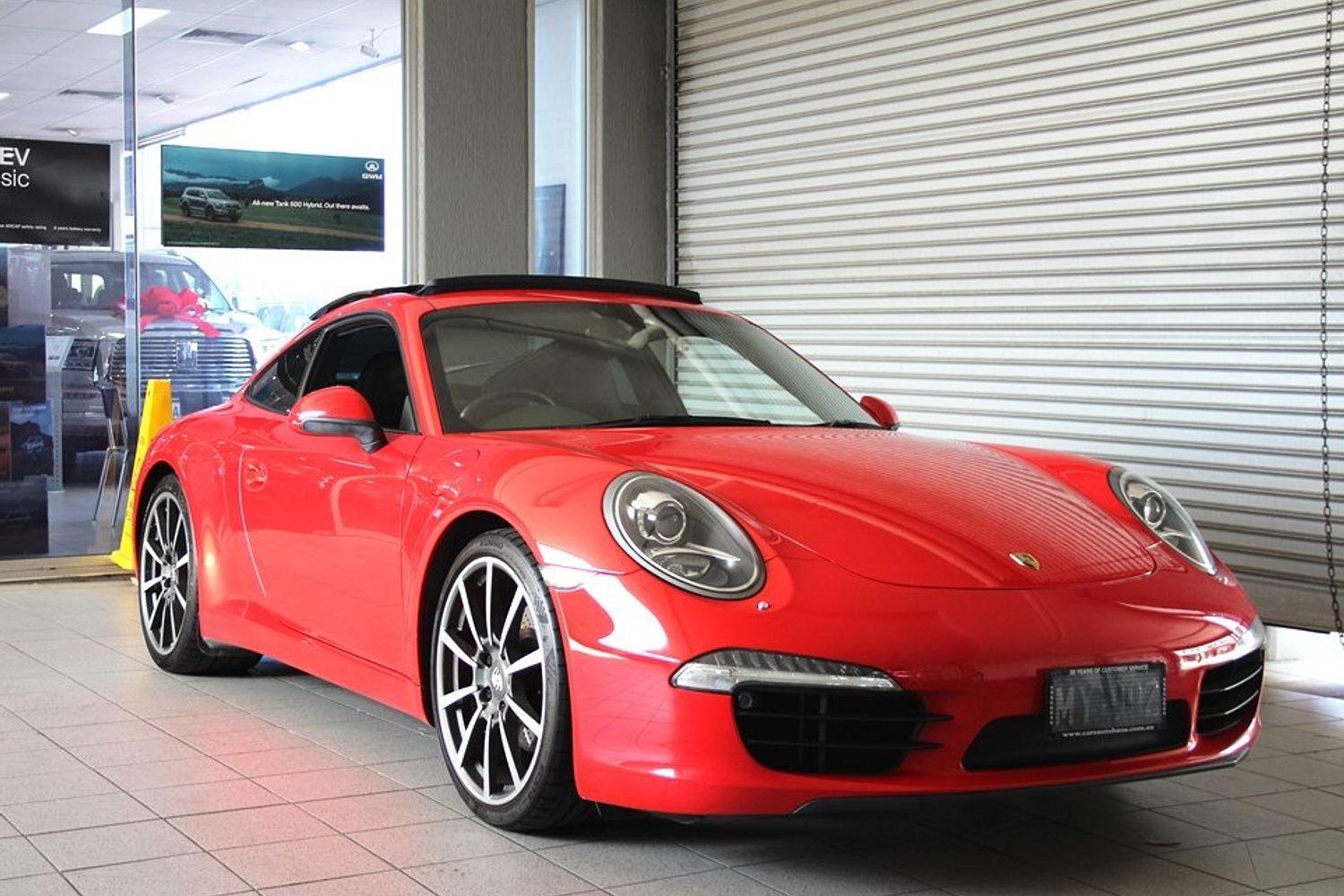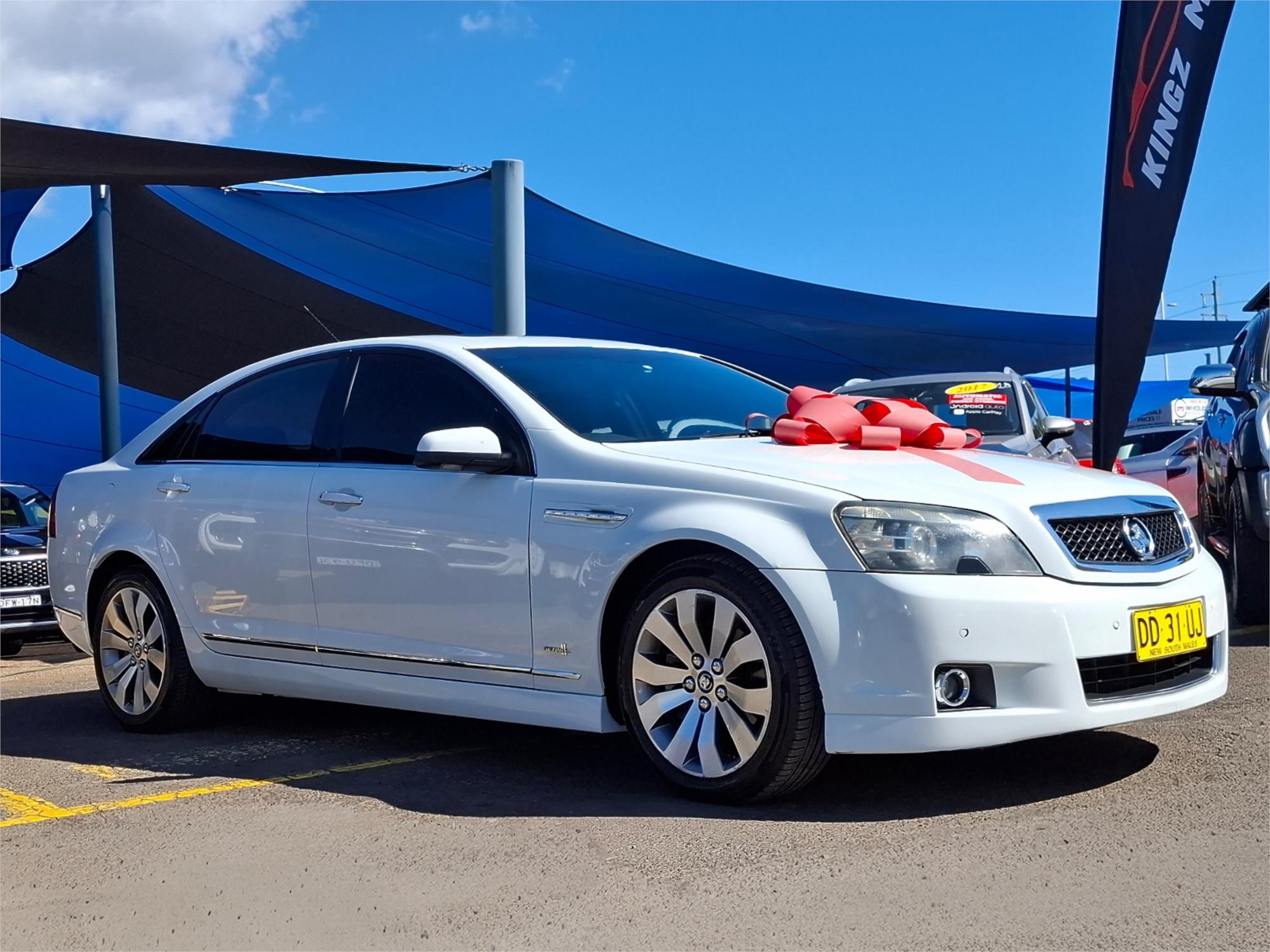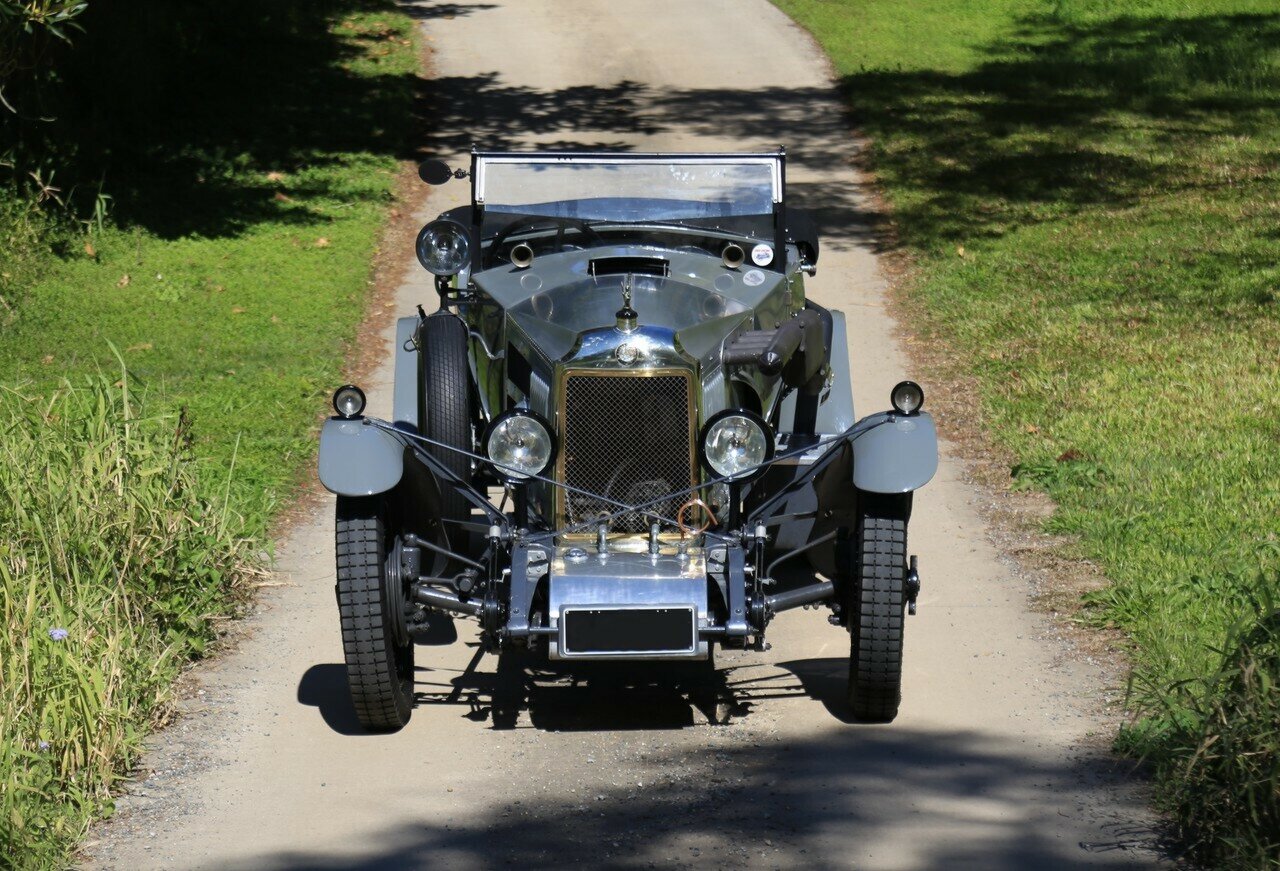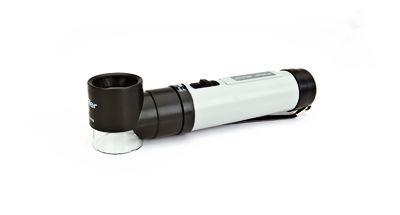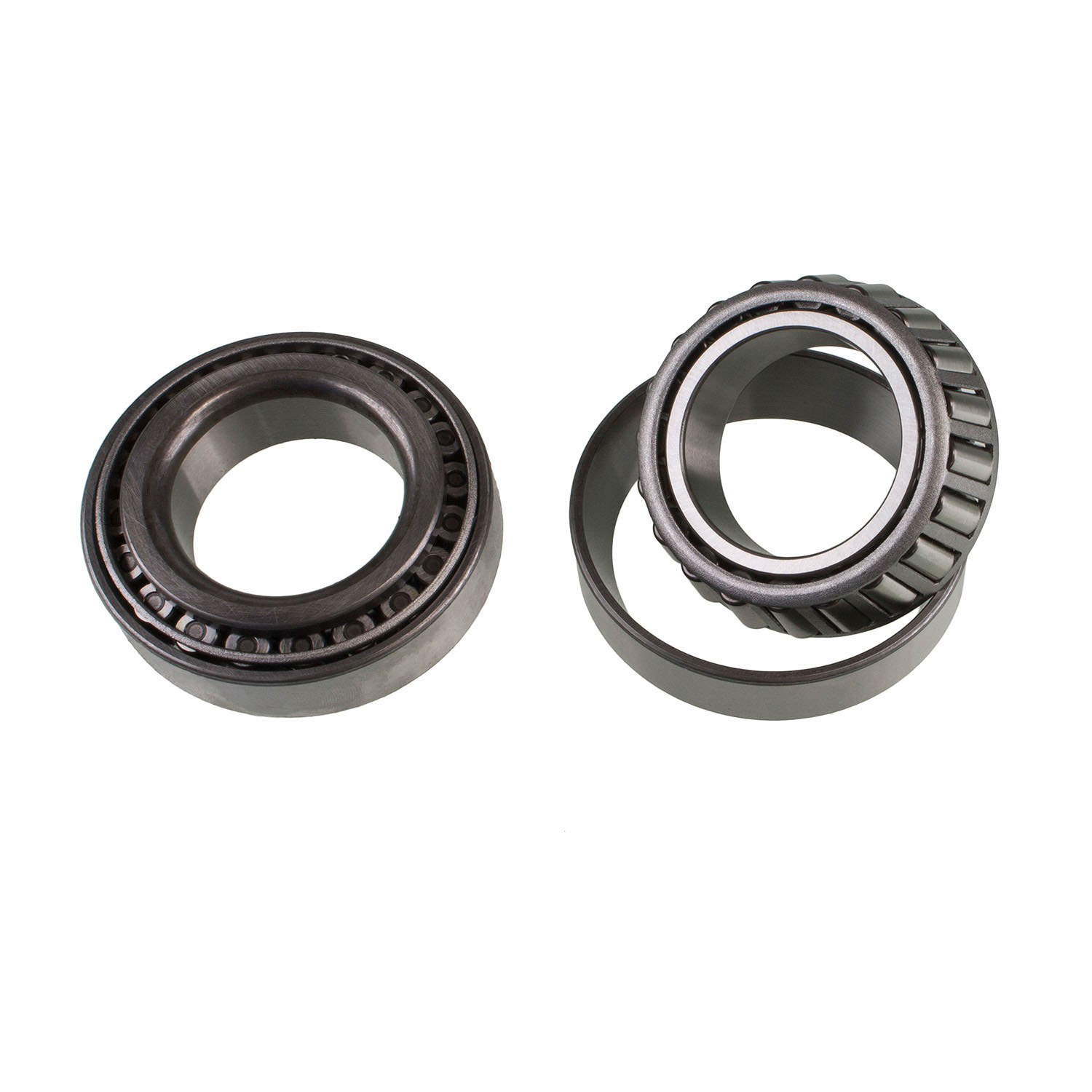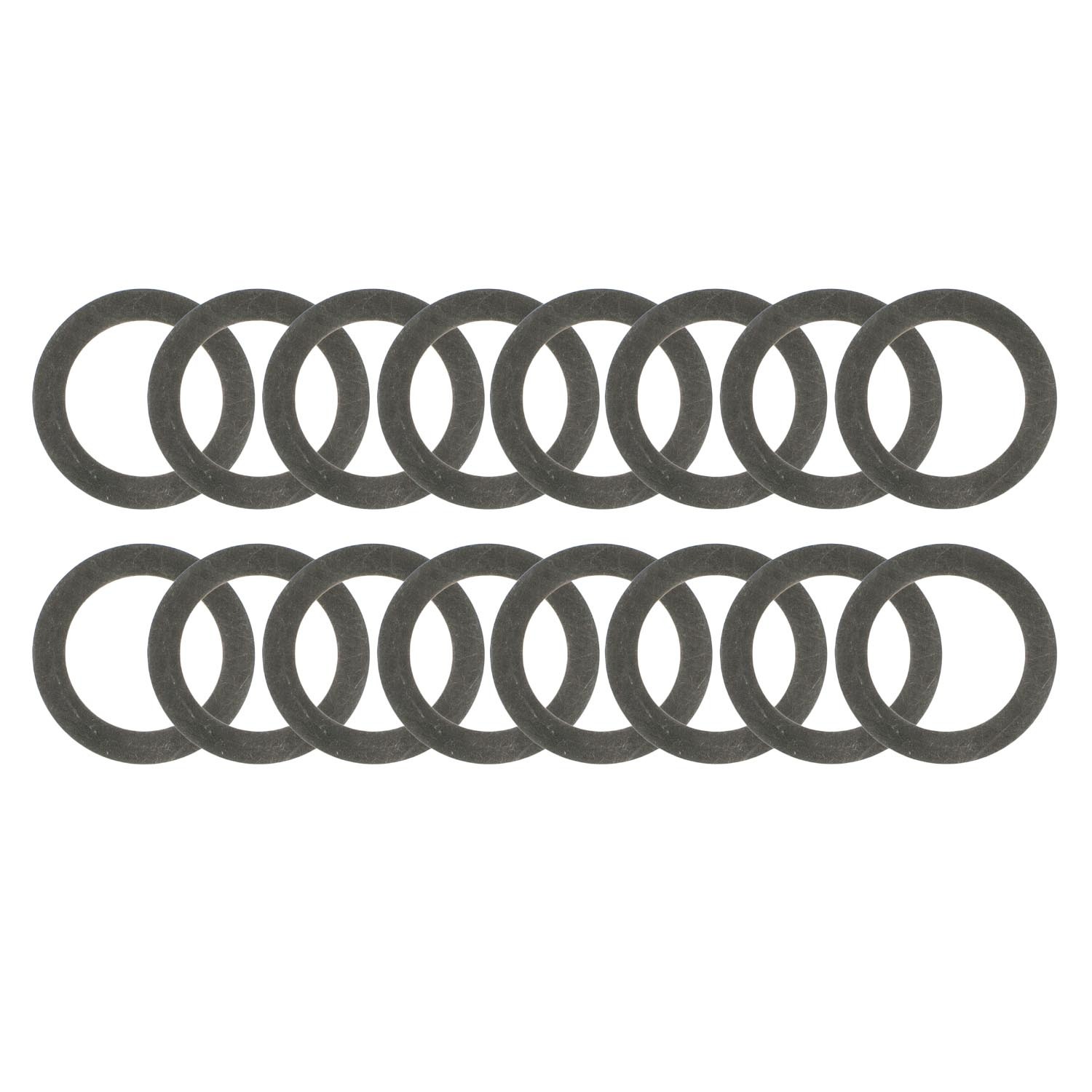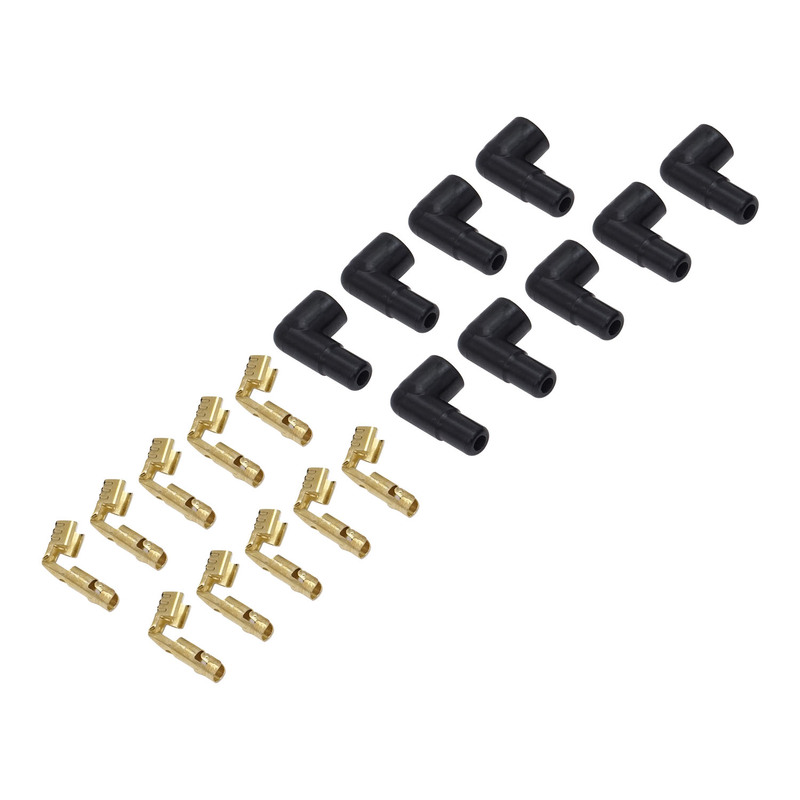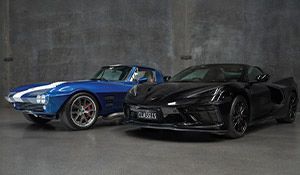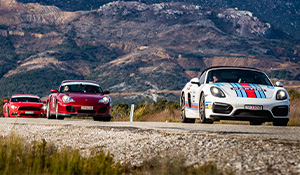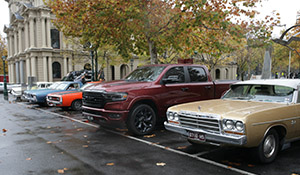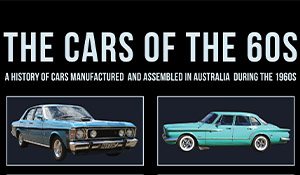Cadillac unveils 'Ciel' concept at Pebble Beach concours
"Large, expressive luxury is innate to Cadillac and the Ciel recalls that heritage, while suggesting where the brand can go in the future," said Clay Dean, global design director for Cadillac.
The four-door Ciel evokes the spirit of classic Cadillacs, as well as the more recent 'sixteen' concept withits long, low proportions. Apparently, driving California's Highway 1 in an open car, from Big Sur north to Monterey, was the type of journey the Ciel team envisioned during its design. The doors feature no b-pillar and a suicide rear pair (what Cadillac calls "French-style"), to reveal the dramatic interior. Exterior paint colour is 'Cabernet', a shade specially developed for the concept, and a nod to the Monterey vineyard region of California. Distinguishing lines run from nose to tail, and nickel-plated bright work accents the body lines, enhancing the visual length of the car. The Ciel grille is identifiably Cadillac, but the narrow, vertical LED headlights, including a unique daytime running light graphic on the front of the vehicle, are a style all their own.
A fully drivable concept, the Ciel is powered by a twin-turbocharged version of Cadillac's 3.6-litre Direct Injection V-6 engine, paired with a hybrid system using lithium-ion battery technology. The car rides on large, 22 inch wheels that feature brushed nickel plating over milled billet aluminum. Wheelbase is 125 inches - about 12 inches longer thanCadillac's productionmodel CTS sedan.
Ciel's exterior flows into the cabin, with the body color rolling over on top of the interior door panels. Like the exterior, the passenger space is accented with sweeping nickel-plated trim. It divides the body-color upper sections from a complementing beige lower color. Italian Olive wood, machined aluminum and hand-tipped leather are elements that flow through the interior, complementing the primary colors with warm, earthy tones.
Inside, luxurious seats are bisected by a "floating" center console that runs from the instrument panel to the rear of the interior. The 'compartment' for each passenger houses access to hidden connectivity portals, allowing each occupant to make dinner reservations, check the weather at their destination or even upload photos of the trip via social media sights. The Ciel's instrument panel features a minimalist gauge cluster with dual readouts - analog and digital - that doesn't impede or distract from the outward view. Transparent gauges deliver their information within a detailed, brushed-aluminium housing.
Additional interior features include:
- Sloping bolsters on the seats that allow passengers to slide into the seats more comfortably
- A personal device storage area on the front of the console with inductive charging and Bluetooth connectivity
- A power-assisted transmission shifter that deploys as soon as the engine is started
- Lighting in the armrests that combines a natural light well for daytime driving and ambient lighting for nighttime drives
- Door storage areas that are inspired by premium fashion accessories and open with high-quality zippers
- Pull-out blankets are available for all three passengers and retract automatically
- All the seats have heating and cooling features, along with a drawer containing sun lotion, sun glasses and towels, as well as aromatherapy that is controlled from the rear armrest.
One of the defining elements of the Ciel's cabin is the incorporation of Italian Olive wood on the doors, instrument panel, console and the front seatbacks. The material used came from a US west coast producer of premium olive oil. As it's taken from a plantation, the timber is seen as sustainable. Preparing the timber for use in the Ciel included kilndrying, with each piece photographed so that the grain could be matched precisely. Each component was then hand-milled and finished by expert craftsmen. The wood trim in the rear center console opens to reveal acigar humidor. Rear seat passengers can pull a leather tab, which reveals a cashmere blanket that stretches across the seating area to ward offthe coastalchill.
The Ciel was developed at GM Design's North Hollywood Design Center, which is managed by Frank Saucedo. Niki Smart was the lead exterior designer, with Gael Buzyn leading interior development.








